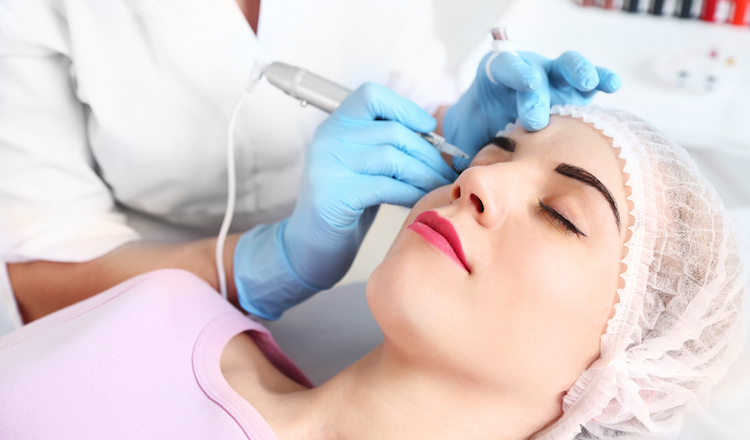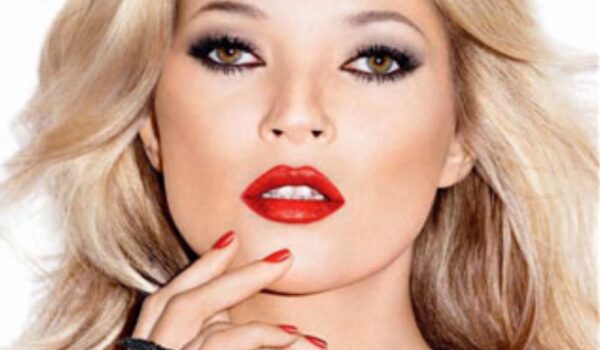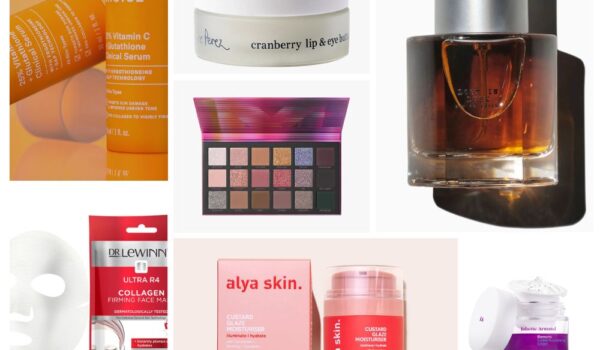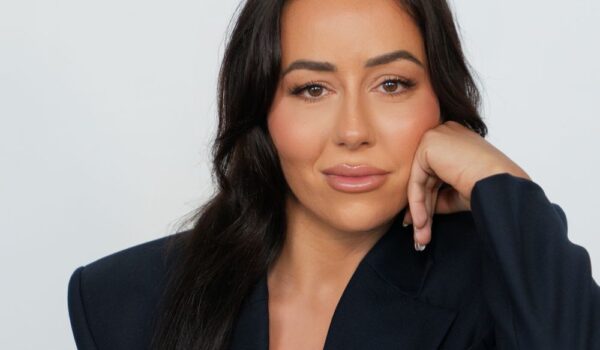The medical tattoo is now on the rise in Australia; with thousands of men and women increasingly embracing medical tattoos to help restore their self-confidence and improve their appearance after overcoming cancer or severe burns, managing alopecia or tackling baldness.
Pioneering one of Sydney’s first cosmetic tattoo clinics, the Sydney Permanent Make-Up Centre, and working with over 10,000 clients since opening in 1991, Australia’s Leading Cosmetic Tattooist, Rita Porreca, has today become a highly sought after expert in certified medical tattooing.
Rita reports a 50 per cent increase in medical tattooing bookings over the past two years, which she attributes to growing awareness of the lasting and realistic looking results that her techniques can achieve for those affected by cancer or other medical conditions where their appearance has changed.
“Doctors and cosmetic surgeons will regularly refer their patients to see me once they have the all clear after, for example, finishing chemotherapy treatment for cancer,” explains Rita from the Sydney Permanent Makeup Centre. “Patients come to us feeling self-conscious after eyebrow or hair loss, and leave feeling amazing again.
“For breast cancer survivors, we can help them thanks to areola re-pigmentation work six to 12 weeks after reconstructive surgery.”
Here, we chat to Rita about what medical tattooing involves, the benefits, who it is intended for and any risks we should be aware of.
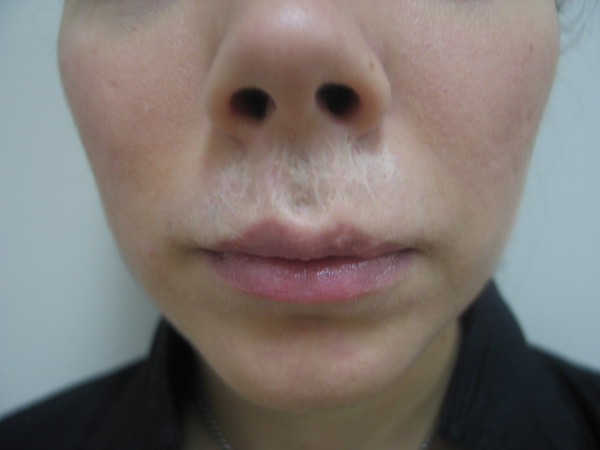
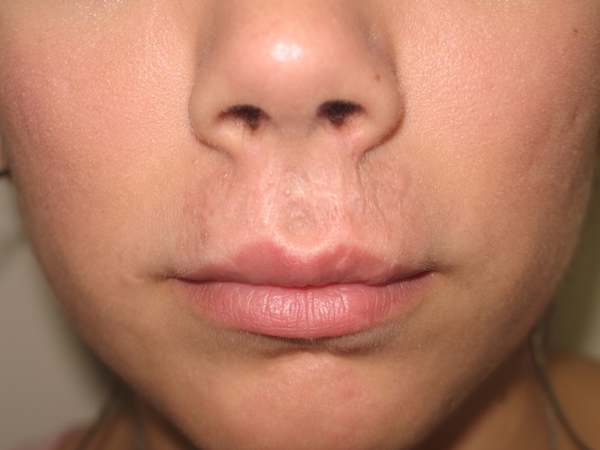
Tell us how you got started in medical tattooing?
I graduated in 1991 from the International Institute of Permanent Cosmetics in the United States, and was one of the first qualified cosmetic tattooists in Australia. I have also completed Paramedical Aesthetics and Paramedical Camouflage Training and many other courses to improve my skills and knowledge.
During my 25 years in the industry, I performed countless procedures on eyebrows, eyeliner, and lips for both medical and beauty enhancement purposes. My expertise enables me to work with medical experts in post-operative cosmetic procedures, such as tattooing on women’s areolas after breast cancer as well as treating men and women affected by alopecia, burns, and scars on their face and body.
What advice would you give those who are starting out?
To make sure they train at an industry recognised, reputable cosmetic tattoo training school, where the trainer can has many years of experience in the industry. What we do has to be in a sterile, professional environment and the procedures require an understanding of this as well as an artistic eye.
Where can people learn the art of medical tattooing? In Sydney, I operate a training school where cosmetic tattooing can be learnt first, and our course is now affiliated with the APAN Standards and accreditation is granted after the 10-week course. All students needs to learn cosmetic tattooing and then they can do a post graduate course on medical tattoo procedures if they are interested.
What areas can be tattooed?
A range of areas can be medically tattooed, such as:
- Areola’s after breast reconstruction, if you have had breast cancer.
- Camouflage tattooing can bring a natural skin colour back to white scars
- Alopecia clients that have loss of hair to their eyebrows.
- lips for cleft palate
- head tattoo for bald men
- Scar relaxing for burnt areas
- skin needling for acne scarring
And why?
It gives me great personal satisfaction to help women look and feel better after breast reconstruction. Same can be said for working with clients who have scars on their legs, hands, or face where we can use our tattooing to camouflage them and make clients feel better about themselves after such a hard time. We also see a number of women and men alopecia.
Who is the medical tattoo procedure suitable for?
Anyone who has alopecia, a scar, or burns or anyone that has imperfections they want to cover up or improve the look of can consult with us.
Who is the procedure not suitable for?
There are some scars we can’t tattoo, depending on the colour and age of the scar but that is rare.

Are there any risks involved?
Every medical and cosmetic tattooing procedure has a degree of risk, but we work closely with patients to ensure a prior consultation takes place on what they want to achieve with medical tattooing before we apply the colour. It is vital that they go to a professional experienced cosmetic tattooist who will colour match their skin correctly with their experienced knowledge.
Tell us about the pain factor. Is it painful?
We always numb the area being tattooed therefore pain factor is minimal for client. We are constantly numbing the area during treatment and most procedures take an hour or less.
Is there any downtime?
All of the treatments take two to three weeks turn before you see the most natural looking results. A follow up ‘perfection’ visit is also suggested.
What are the biggest misconceptions surrounding medical and cosmetic tattooing?
We do a consultation with the client before the treatment and in some cases we can only help to a certain degree. Scars come in all different forms so it’s hard to match the colour to skin completely.
What is your most popular procedure?
We see a lot of women after breast cancer coming in to get their areolas medically tattooed on and that is often based on SPMUC getting referrals from medical specialists who know how professional our service is.
What is the biggest trend you see?
Away from medical tattooing, within our cosmetic tattooing services the biggest client demand for our services 2016 has been on eyebrows, with more women of all ages harnessing a range of trending styles at Sydney Permanent Make-up Centre such as feathering and blading. We also do eyeliner and lips more and more.
As a result of the surge in younger women loving the results achieved with cosmetic tattooing, my 10-week training course at the Sydney Permanent Make-up School is also in high demand, with many beauty therapists, make up artists and skin specialists wanting to add a new skills into career.

This is a sponsored post by the Sydney Permanent Make-Up Centre. All opinions expressed by the author are authentic and written in their own words.

